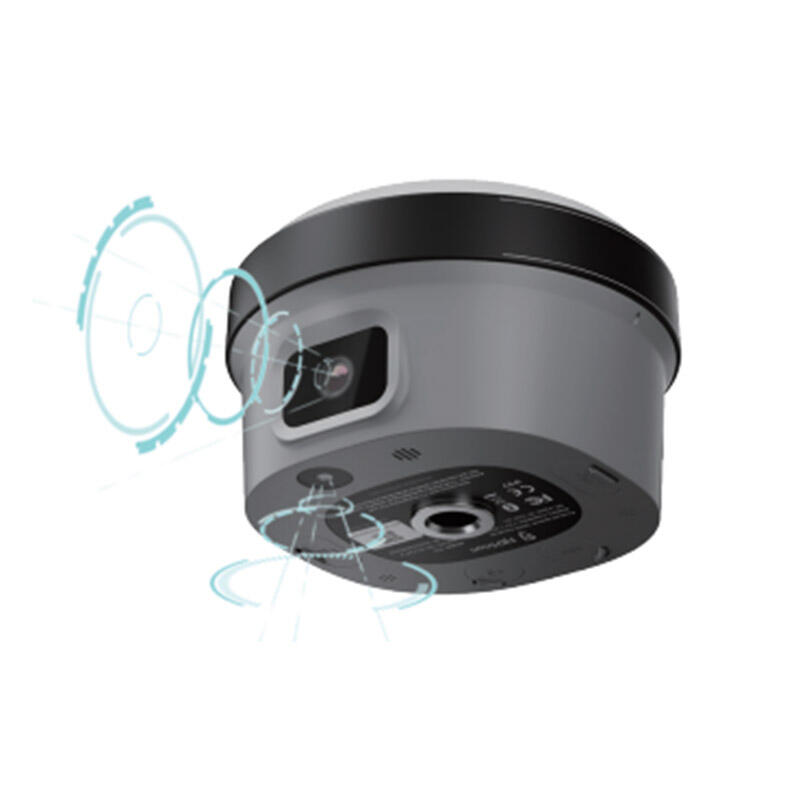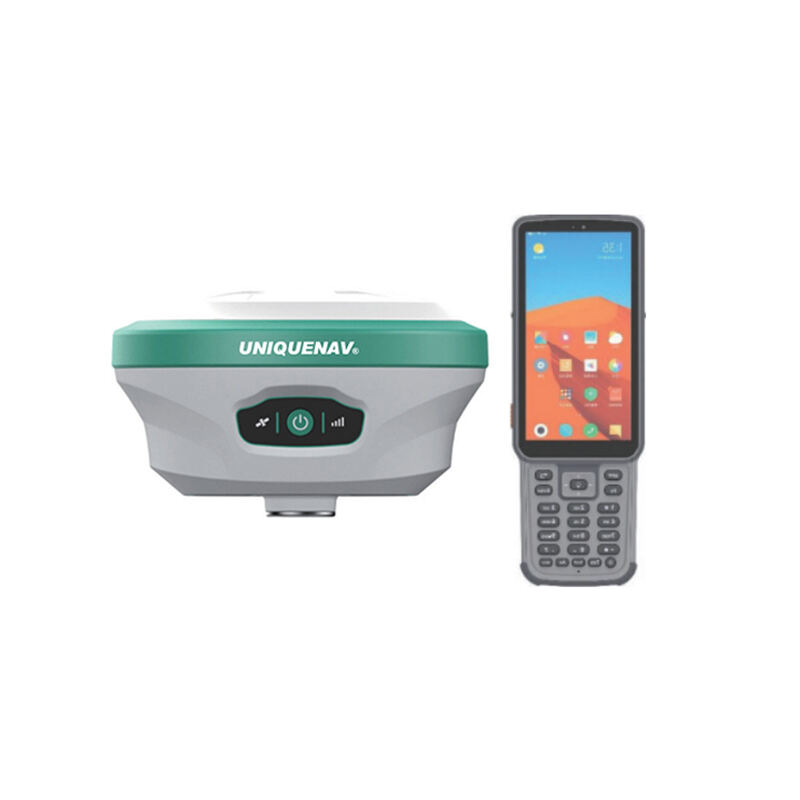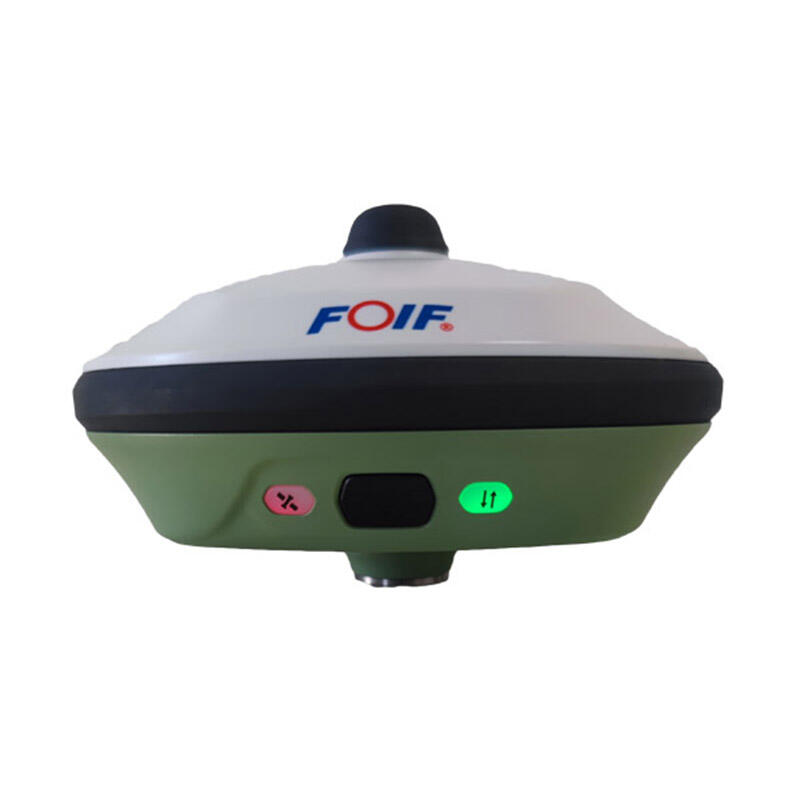south gnss receiver
The South GNSS receiver represents a cutting-edge solution in satellite positioning technology, offering exceptional performance for surveying, mapping, and precision navigation applications. This advanced receiver supports multiple satellite constellations including GPS, GLONASS, Galileo, and BeiDou, ensuring comprehensive coverage and reliable positioning data across diverse environments. The device features state-of-the-art RTK technology, enabling centimeter-level accuracy in real-time positioning. With its robust design and advanced multi-frequency tracking capabilities, the South GNSS receiver delivers superior signal reception and maintains accuracy even in challenging conditions such as urban canyons or under dense canopy. The receiver incorporates sophisticated interference mitigation technology and advanced multipath reduction algorithms, ensuring reliable performance in complex environments. Its integrated design includes a high-performance antenna, powerful processing capabilities, and extended battery life, making it ideal for prolonged field operations. The system's user-friendly interface and versatile connectivity options, including Bluetooth, Wi-Fi, and cellular data support, facilitate seamless integration with various data collection and processing software.


